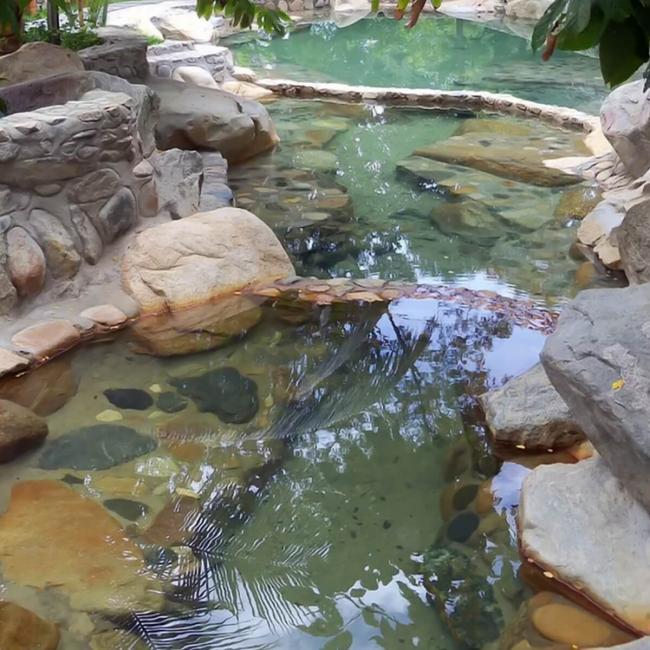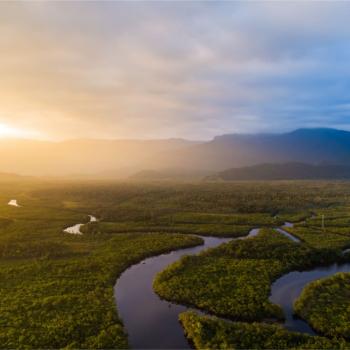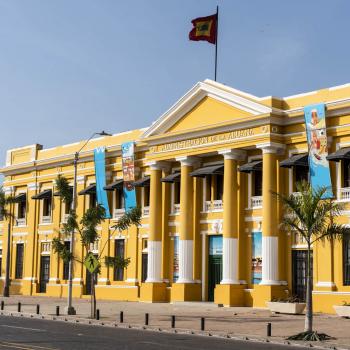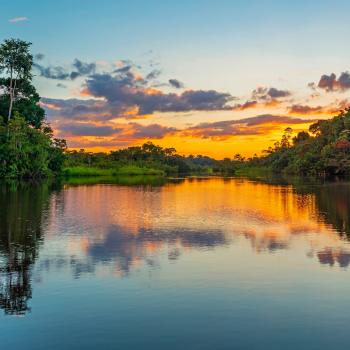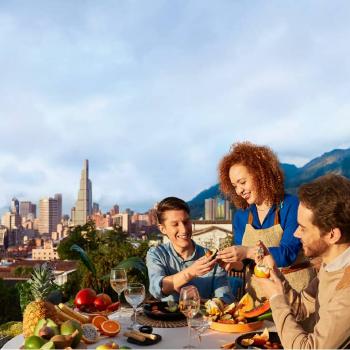The main river artery of Colombia, the Magdalena River, gives life to Neiva, the capital of the Huila Department. This city in southwestern Colombia, founded in its current location on May 24, 1612, grows in a valley rich in stories of fantastic characters created by popular imagination, where the tamboras of the sanjuanero rhythm define the joyful character of its inhabitants.
Arid plains and fertile lands offer contrasts that travelers enjoy near Neiva, as from the green landscape surrounding this city one can reach places like the Tatacoa Desert, where the dry climate facilitates star gazing on clear nights. In the capital of Huila, one can enjoy the San Juan and San Pedro festivals at the end of June, and learn about local mythology and the indigenous cultures that lived in the region.
Neiva is an excellent tourist corridor, due to its geographical location that connects it with the Orinoquía and Amazon regions. Additionally, it is a commercial connection point between cities such as Bogotá, Popayán, Mocoa, Florencia, and Pasto.
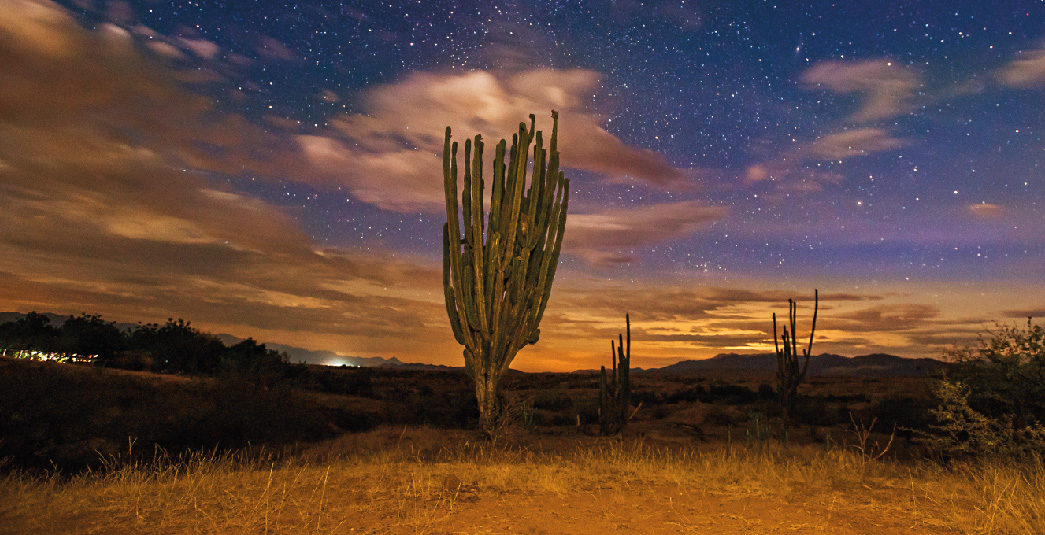
Let's Get to Know Neiva
Built on the banks of the Magdalena River, it has a warm tropical climate, ideal for strolling along the River Boardwalk, where the city's most representative sculpture, the “Monument to Cacica Gaitana”, is located. This indigenous woman and warrior, who led the defense against the conquerors, will accompany you with her stories and myths through the southern part of the country.
On the boardwalk, there is also a sculpture representative of Huilense myths: El Mohán, who according to tradition, is a character who still pursues women today and has woven thousands of stories around him. This work of art is built in fiberglass and is the entrance to the cable car that crosses the Magdalena River and connects the city with Parque Isla.
This park is an ideal place for recreation and contact with nature, where you can walk and ride thematic trails and take canoe, barge, and boat rides while contemplating the landscape and bird watching in the area.
You may also be interested in: Unmissable Cultural Agenda of Colombia in the Second Half of the Year
The city is born between two mountain ranges and being surrounded (in addition to the Magdalena River) by the Las Ceibas River and the Río del Oro (or Río Loro), it remains a green city, full of vegetation, trees, and flowers.
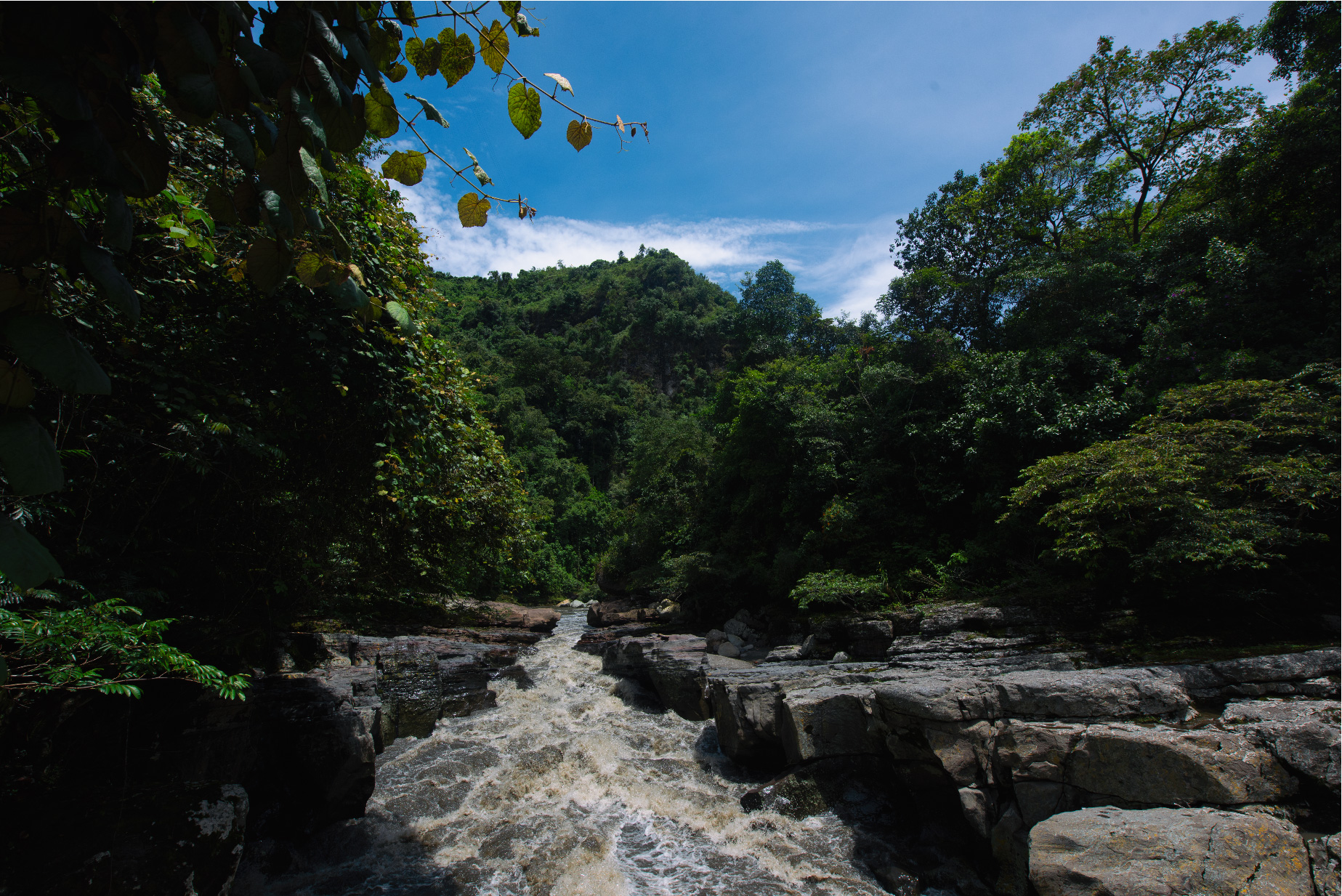
Huge ceiba trees and different centenary trees grow in the urban area, whose heart is the main square known as Central Park Santander. In the center of the park, you will find the Monument to General Santander and around it, thousands of people enjoying numerous cafes and ice cream shops.
You will find hotels, a water fountain, the Huila Governor's Office, and the imposing Cathedral of the Immaculate Conception of Neiva, a historical and cultural heritage of the municipality. Gothic in style, and completed in 1957, it is a 2,200 square meter construction with three naves and a tall tower with a bell tower that can be seen from any point in the city, surrounded by the greenery of the trees.
Beautiful constructions can be found as treasures left by history in this friendly land. Also located in Santander Park, is the Colonial Temple, whose date of first construction is unknown, but it is known to have been rebuilt in 1791. Declared a National Monument, this historic and religious place of Spanish style, retains original elements of the architecture used at that time.
Visiting the Center
The center is very busy in the afternoons, when the intense sound of the song of small parrots and cicadas mixes with the warm artificial lighting, while the temperature drops a couple of degrees to enjoy a good conversation.
The National Post and Telegraph Building is another Architectural Heritage of Huila. Built in the thirties of the last century, it is of Mudéjar style and has colorful art deco design details.
The “opitas” are festive, friendly, and hospitable people, who resonate with the city's cultural tradition, its music, dance, and gastronomy. The “Sanjuanero” is the greatest cultural wealth of this population. In June, the city comes to a halt to experience the San Pedro festivals and enjoy the Bambuco Folkloric Festival, a showcase of local folklore, considered the most important in the south of the country.
You may also be interested in: San Pedro and San Juan festivals
The traditional women's costume is a work of art, an ode to nature and the flowers that adorn the coquettish traditional dance of the Bambuco Huilense (Sanjuanero). This cheerful and festive rhythm is represented in several monuments and sculptures, such as the Bambuquera and the Eight Sculptures that describe the dance steps, located on Inés García de Durán Avenue in the south of the city.
The gastronomy attracts many visitors to Neiva. The achira biscuits, a plant from which the flour and starch that give flavor to this recipe are obtained, are famous. The Huilense roast, the main protagonist of the June festivities, is a preparation of pork meat marinated for more than a day and accompanied by a side of yuca or arepa orejaeperro (made of corn, very thin).
The fish soup (river fish), bijao tamales, almojábanas, masato, mazamorra, juanvalerios (fried plantains with crushed pork rinds), and corn wraps make it a pleasure to go out and eat the typical Huilense food in Neiva.
Come to Neiva!
It is a perfect destination for lovers of traditional cultures that also offers the possibility of visiting beautiful nearby tourist towns and stunning natural sites. Rivera, Palermo, Aipe, Villavieja, and Campoalegre, the Tatacoa Desert and the Betania Dam, among many others, are beautiful places to visit and explore.
Visit Neiva, the Bambuquera capital of America, and fall madly in love with the south of the country.















